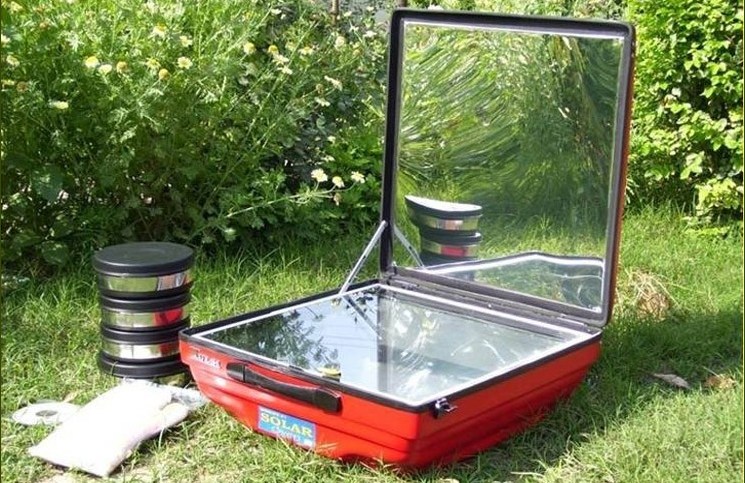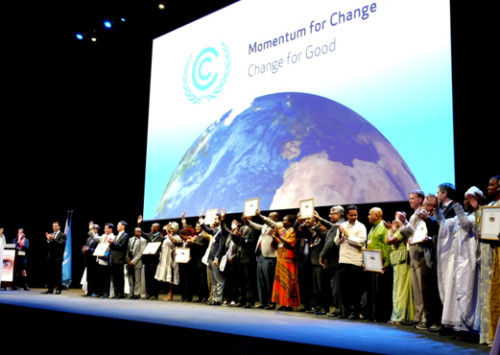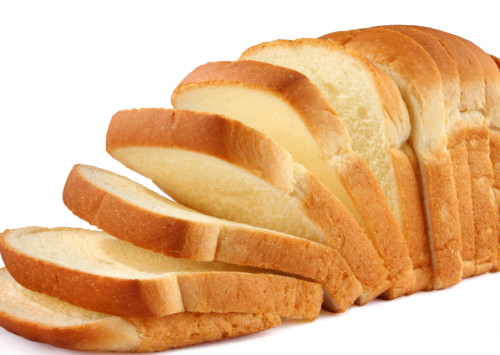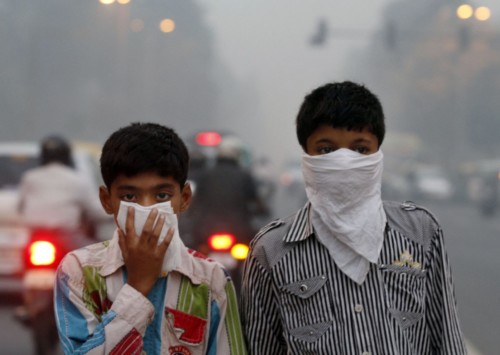Replacing traditional stoves with solar cooking solutions
The Indian Department of Science and Technology (DST) has instituted the ‘Grand Challenge Awards’ inviting researchers from academic and research institutions, organisations and industries, to come up with innovations in designing solar cooking solutions for rural households, replacing the traditional chulhas (Indian cooking stoves).
The Indian government aims to achieve its target of generating 100 GW of solar energy by 2022. However, in the second quarter this year, solar power installations in India declined and investment into the sector is expected to decline further over the next few quarters.
Thus, to encourage the development of solar operated facilities in the country, the government is inviting researchers from academic and research institutions, organisations and industries, to submit designs for solar chulhas (traditional Indian cooking stove) before December 31st this year, through its new initiative – the Grand Challenge Awards.
This initiative has been taken to give a fillip to solar cooking solutions in the country. Women in rural areas have been using chulhas for household cooking, whose sources of energy are dependent on fuelwood, animal dung, or crop residues, all of which emit smoke that pollutes the atmosphere, and is detrimental to the health and safety of family members, particularly women.
Spread a message on renewable energy
This is one of the reasons why a well-planned design for installation of solar cooking channel in villages has been seen as a sustainable alternative for the growing energy demand in the country.
This is however not the first time when the centre has taken an initiative for boosting solar cooking. Last year, with an aim to set a record and spread a message on renewable energy, more than 7,000 students from 59 private and civic schools participated in a solar cooking class in Maharashtra. During the event named Maha Suryakumbh, students cooked noodles in solar cookers and later took the cookers to their homes to promote renewable cooking in households.
Here is a Grand Challange on long overdue redesign of solar cooker or other solar cooking solutions, especially for large scale institutional and community cooking.
What other functionalities will make this humble… https://t.co/7vyFuvc3Ku— Ashutosh Sharma (@Ashutos61) October 3, 2018
While in the past years, solar water heaters and solar electricity panels have seen huge improvements with respect to their technology and designs, solar cooking technology in the country has been relatively stable.
Fortunately, India lies in a tropical region that receives 5-7 kWh per square-meter of solar energy for around 300-330 days in a year. This advantage, with proper design and technology can be very well used in the country’s favour.
Upgrade cooking techniques
The designs to be made for the competition fall under three categories — household cooking (5 persons), small community cooking (50 persons), and large community cooking (300 persons). They should also be user-friendly and find wide acceptability.
Under the Pradhan Mantri Ujjwala Yojana, the government also aims to upgrade cooking techniques used by rural households. The scheme aims to create a shift from use of basic mass fuel to efficient Liquified Petroleum Gas (LPG) connections and solar cookers. According to many recent reports, this has a huge potential in reducing solid fuel use to minimum levels and has managed to attain a decent result as almost half of the targeted recipients have been provided LPG connections while thousand of solar cookers have already been distributed.
We cherish your support to the International Solar Alliance, Mr. @ErikSolheim. https://t.co/hi2fslqwxD
— Narendra Modi (@narendramodi) March 11, 2018













